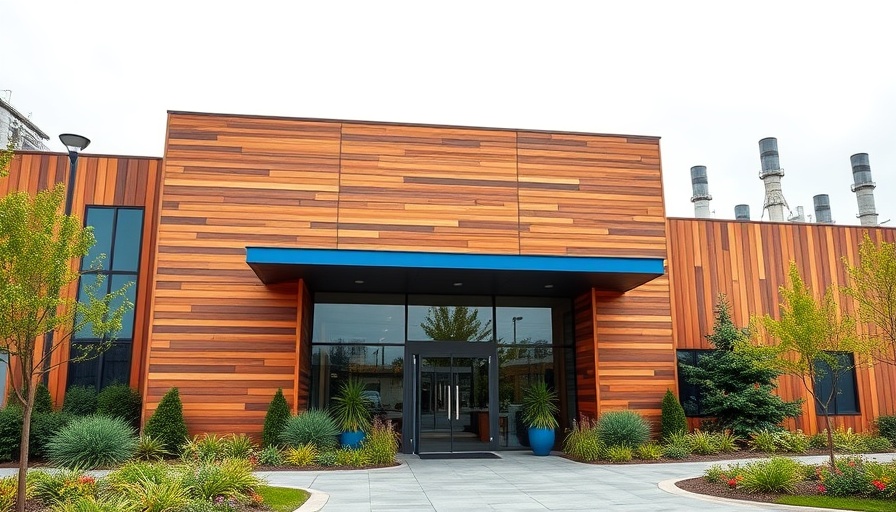
Building a Safer Future: Canada's $3.2 Billion Nuclear Waste Storage Project
A significant leap towards managing nuclear waste is underway in Canada as the Nuclear Waste Management Organization (NWMO) has awarded a $3.2 billion contract for the construction of a deep geological repository in northwestern Ontario. Over the coming decade, this ambitious initiative aims not just to store but to ensure the safe containment of Canada's nuclear waste, an issue that has long been a concern for both policymakers and the public.
Understanding the Project Scope and Costs
The repository, designed to use both engineered and natural barriers, will encapsulate used nuclear fuel underground, ensuring its isolation from human activity and the environment. While the immediate construction costs are projected at $3.2 billion, NWMO estimates a total investment of about CA$26 billion over its anticipated operational lifespan of 175 years. Such figures underline the long-term financial and strategic commitment required to tackle the nuclear waste challenge effectively.
The Team Behind the Initiative
Kiewit, based in Omaha, Nebraska, will spearhead the construction, partnering with WSP from Montreal for design and engineering expertise. They are joined by Hatch, Thyssen, and Kinectrics, forming an integrated project delivery team which is critical in ensuring collaboration and efficiency throughout the project’s lifecycle.
This model emphasizes collaboration and accountability, helping to navigate the complexities of construction for a project of such significance. With multiple stakeholders involved, it exemplifies a shift towards partnerships in the industry, aiming for transparency and optimized results.
The Broader Implications on Construction Practices
The selection of this team reflects a growing trend in the construction industry that favors integrated project delivery methods. These approaches not only streamline operations but also enhance accountability among various stakeholders, thus leading to more successful outcomes. As more projects adopt this model, lessons learned from the nuclear waste repository could inform future construction practices across various sectors.
Facing Challenges with Innovation
The construction of a geological repository is not without its challenges. Local communities must be engaged thoughtfully, addressing concerns about safety and environmental impact. The operation goes beyond just physical construction, necessitating robust communication strategies to assure the public about safety measures and environmental stewardship.
Moreover, this project will likely leverage modern construction technologies. Innovations in materials science and project management software could offer new ways to enhance operational efficiency, ultimately benefiting both the environment and the economy.
Conclusion: Why This Project Matters
This nuclear waste management initiative is more than a construction project; it represents a pivotal moment in Canada’s approach to sustainable practices in managing hazardous materials. With an investment of this scale, it sets a precedent for future projects that must balance economic viability with environmental responsibility.
Businesses and property developers should watch closely how this project unfolds, as it offers insights into long-term investment strategies, the benefits of integrated project delivery, and the importance of stakeholder engagement in large-scale construction initiatives.
As we move towards a more sustainable and responsible future, understanding the implications of such projects is essential. For those in the construction sector and beyond, it's an opportunity to reconsider how to approach complex challenges with innovative solutions. Engage with these insights and consider how they might influence your strategies moving forward.
 Add Row
Add Row  Add
Add 




Write A Comment